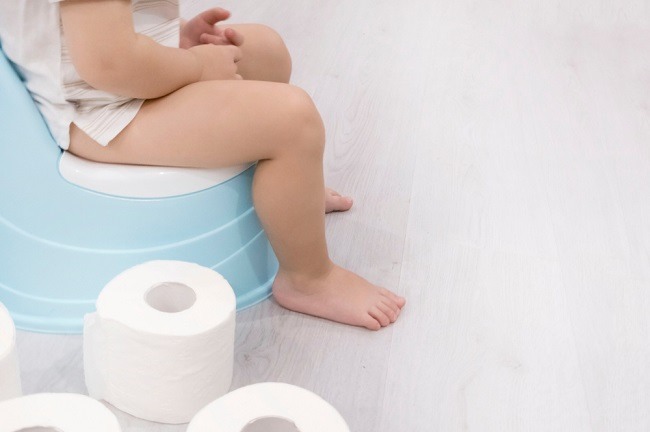Epispadia, Congenital Abnormalities of the Urinary Tract
Epispadias is a congenital disorder that causes the location of the urinary opening to be in an abnormal position. This condition is more common in boys. Even so, epispadias can also be experienced by girls.
The urinary opening is the end of the urinary tract or urethra which functions to excrete urine. Normally, the location of the urinary opening is at the tip of the penis. However, in boys with epispadias, the urethra is located on top of the penis.

Epispadias is almost the same as hypospadias. Both are birth defects that cause the urinary opening to be in an abnormal position. The difference is, hypospadias is marked by the location of the urinary opening which is at the bottom of the penis.
What Causes Epispadia?
Until now, the cause of epispadias is still unknown. Certain. However, this disorder is thought to be caused by a bladder that does not develop properly during pregnancy.
Abnormal bladder development can inhibit the formation of the urinary tract or make it lie too high. As a result, the urinary opening is not right at the tip of the penis, but at the top.
In addition to bladder development, incomplete development of the pubic bones may also cause epispadias. This condition can disrupt the position of the bladder as well as the urethra, so that the urinary opening does not reach the tip of the penis.
What are the Symptoms and Signs of Epispadia?
In boys The most common symptom of epispadias is the location of the urinary opening on top of the penis. This condition can be divided into three types, namely:
- Glanular epispadia, a type of epispadia that causes the urinary opening to be located at the top of the head of the penis
- Penile epispadia, a type of epispadia that causes a hole urinary tract is along the upper shaft of the penis
- Penopubic epispadias, a type of epispadias that causes the urinary opening to be at the base of the penis or near the pubic bone
Meanwhile, in girls who experience epispadias, the location of the urinary opening can be in the clitoris or vaginal lips (vulva).
Apart from the abnormal position of the urethral opening, epispadias can also affect the shape of the penis. Boys with epispadias tend to have a penis that is wide, short, and curved upwards.
Deformities in the shape of the penis and an abnormal position of the urinary opening can interfere with urination, such as an unusual direction of urine or hard to hold back urination This sign is most often recognized when a child has started to undergo toilet training.
Children who experience epispadias are also more prone to experiencing disorders of the urinary organs, such as urinary tract infections and kidney disease. Signs can include:
- Persistent urge to urinate
- Pain or burning when urinating
- Muddy, cloudy or smelly urine stinging
- Lower abdominal pain
- Fever and chills
- Pain in the back that radiates to the stomach or groin
How to Handle Epispadia
Treatment of epispadias is generally done with plastic surgery which aims to improve the location of the urinary tract and the function of the genitals. In addition, plastic surgery can also improve a child's ability to control urine output when urinating.
There are two types of plastic surgery techniques that can be used to treat epispadias in boys, namely:
Cantwell-Ransley technique
This plastic surgery is performed by dissecting a portion of the penis. Next, the doctor will move the urethra so that the position of the urinary opening is at the tip of the penis.
The Mitchell technique
This surgical method is performed by dissecting the entire penis, then the doctor moves the urethra so that the position of the urinary opening returns to normal.
Plastic surgery can also be done to treat epispadias in girls. This method is done by dissecting the vagina to move the urethra. That way, the tip of the urinary tract can be in its proper position, which is under the clitoris.
Because it is a congenital abnormality, epispadias can be detected when a new child is born. However, this disorder can also only be known over time and is usually marked by difficulty toilet training.
If your child always wets the bed and experiences various symptoms of disorders of the urinary organs, immediately consult a doctor. doctor to find out whether it is caused by epispadias or another condition and get the right treatment.
Label : Health
Comments
Post a Comment